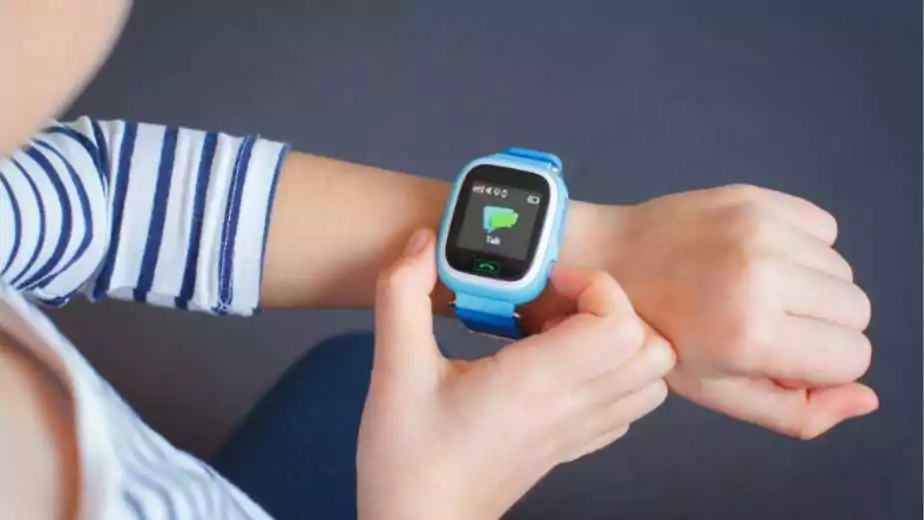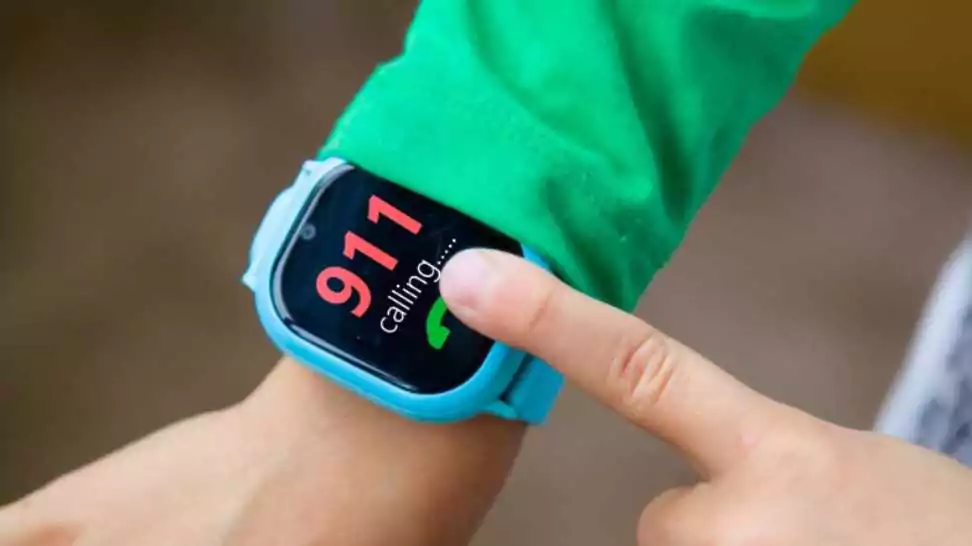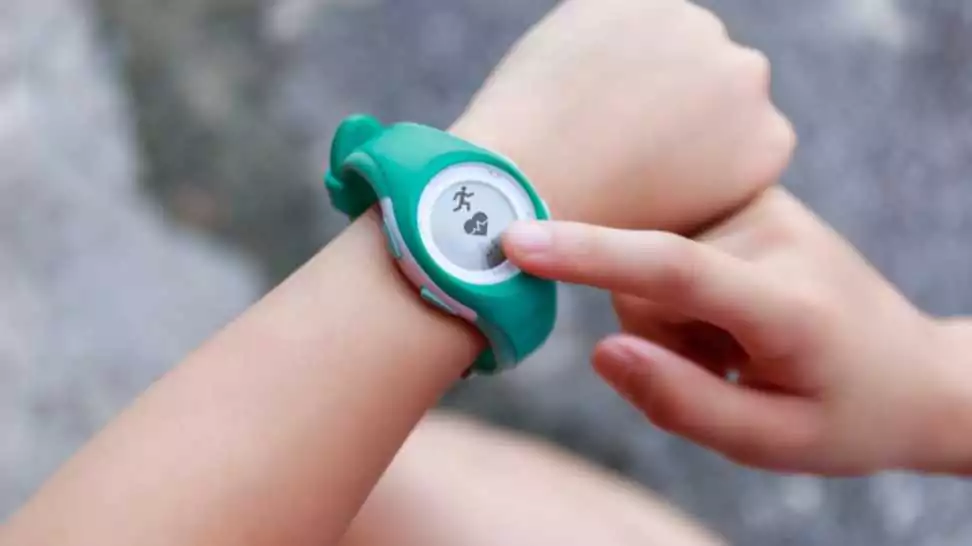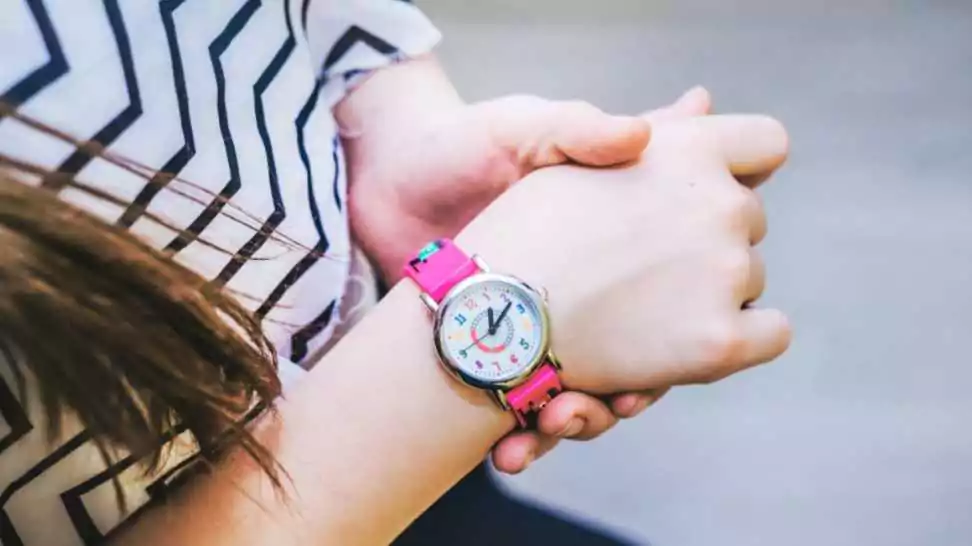Should I Get My Kid A Smartwatch?

In recent years, there’s been a noticeable surge in the popularity of smartwatches, not just among adults but remarkably among younger audiences as well. These high-tech wrist companions, once a novelty, have swiftly found their way into the everyday lives of children. This growing trend brings us to an important question that many parents grapple with: “Should I get my kid a smartwatch?”
This blog aims to delve deep into this question, weighing the advantages and disadvantages of introducing a smartwatch into your child’s life. It’s not just about staying on trend or giving in to a child’s fascination with gadgets; it involves considering several critical factors. These factors include the child’s age, their level of maturity, and the actual need for such a device in their daily routine. By the end of this exploration, we hope to provide you with a clearer perspective, aiding in making an informed decision that benefits both you and your child.
1 Advantages of Smartwatches for Kids
As technology advances, smartwatches are becoming more than just a miniaturized phone on your wrist. They offer a range of benefits that can be particularly advantageous for children. Let’s explore these benefits in detail.
Safety Features

GPS Tracking and Location Sharing
One of the most praised features of children’s smartwatches is GPS tracking. This allows parents to monitor their child’s location in real-time, providing peace of mind when the child is away from home. Location sharing can be especially useful for younger children who are starting to explore the world independently but still need that extra level of supervision.
Emergency Contact Options
In addition to location tracking, many smartwatches come equipped with options for emergency contact. Children can use these features to instantly notify parents or guardians in case of an emergency, ensuring that help is just a button press away.
Health and Fitness Tracking

Step Counting and Exercise Tracking
Encouraging physical activity is crucial in a child’s development. Smartwatches with step counters and exercise-tracking functionalities make fitness fun and interactive. These features can motivate kids to achieve daily activity goals, promoting a healthy lifestyle from an early age.
Sleep Monitoring
Adequate sleep is vital for a child’s growth and development. Some smartwatches offer sleep monitoring features, helping parents keep track of their child’s sleeping patterns. This data can be invaluable in ensuring that children get the rest they need.
Educational Benefits
Learning Apps and Time Management Tools
Smartwatches can be more than just a tool for communication and tracking; they can also be educational. Equipped with learning apps and time management tools, these devices can help kids with everything from learning new skills to managing their daily tasks, reinforcing the habit of time management.
Encouraging Responsibility and Tech-Savviness
Introducing children to technology through smartwatches can be a great way to foster responsibility and tech-savviness. Learning to take care of a device, charge it regularly, and use its features responsibly can be an excellent step towards preparing them for the increasingly digital world they are growing up in.

2 Concerns and Disadvantages
While smartwatches for kids come with several benefits, there are also valid concerns and potential drawbacks that parents should consider. Let’s examine these closely.
Screen Time and Distraction
The Impact of Additional Screen Time on Children
In an era where children are already exposed to screens through smartphones, tablets, and TVs, adding a smartwatch can contribute to an even higher amount of screen time. Excessive screen exposure, especially at a young age, can lead to issues like eye strain, disrupted sleep patterns, and decreased physical activity.
Potential Distractions in School and Social Settings
Smartwatches can be a source of distraction for children, not just at home but also in school and social environments. The constant notifications and the ability to access games or messages can divert attention from classroom activities, potentially impacting learning and social interactions.
Privacy and Security Risks
Data Privacy Concerns
With the integration of GPS tracking and data collection, there are legitimate privacy concerns. The information stored and transmitted by these devices could potentially be accessed by unauthorized parties, raising questions about the safety of children’s data.
Potential Exposure to Inappropriate Content
Depending on the capabilities of the smartwatch, there might be risks of children being exposed to inappropriate content online. Parental control features are essential, but they may not be fool proof in filtering out all undesirable material.
Durability and Cost
The Cost of Purchasing and Maintaining a Smartwatch
Smartwatches can be a significant investment. Besides the initial purchase cost, there are ongoing expenses like data plans, apps, and accessories. For many families, this financial commitment can be a considerable factor in deciding whether or not to buy a smartwatch for their child.
Issues Related to Durability for Younger Kids
Durability is a crucial concern, especially for younger children who may not be as cautious in handling electronic devices. The risk of damage from drops, scratches, or water exposure is high, leading to potential additional costs for repairs or replacements.
3 Age Appropriateness and Maturity
When it comes to technology, especially smartwatches for children, one size does not fit all. A critical aspect of this decision involves considering the child’s age and maturity level. Let’s break these down:
Assessing the Right Age for a Child to Have a Smartwatch
Determining the right age for a child to own a smartwatch can be challenging. It varies significantly depending on the individual child and their circumstances. Generally, children start to show interest in these gadgets around the age of 6 to 8 years. However, some parents may choose to wait until their child is a bit older, perhaps in their pre-teen years, to ensure they can understand and utilize the device responsibly.
Factors like the child’s daily routine, their level of independence, and the specific features of the smartwatch (such as communication capabilities or educational apps) should influence this decision. For instance, if the child commutes alone to school, a smartwatch with GPS tracking might be considered at an earlier age for safety purposes.
Considering the Child’s Maturity Level and Responsibility
Maturity and responsibility play a vital role in determining whether a child is ready for a smartwatch. Unlike age, which is a numeric benchmark, maturity is subjective and varies from one child to another. A mature child is likely to use the smartwatch as intended – for safety, learning, and staying connected – rather than as a mere entertainment device.
Parents should assess whether their child understands the value of the device, can follow rules regarding its use (like not using it during class), and is capable of taking care of it (like charging it regularly and keeping it safe from damage). A child who loses or breaks things frequently might not be ready for the responsibility of owning a smartwatch.

4 Alternative Options
If you’re hesitant about introducing a smartwatch into your child’s life, there are several alternatives that you can consider. These options range from simpler tech solutions to non-tech methods, each with its own set of benefits.
Basic Cell Phones or Watches Without Smart Features
Basic Cell Phones
For parents concerned about communication but wary of giving their child full internet access, a basic cell phone can be a suitable option. These phones typically offer calling and texting capabilities without the distractions of apps and internet access. They are ideal for keeping in touch with your child without exposing them to the complexities of a smart device.
Traditional Watches
If the goal is to teach your child time management, a conventional watch is a practical and distraction-free choice. They can help children learn to tell time and manage their schedules without the extra features and potential distractions of a smartwatch.
Parental Control Apps and Features on Smartwatches
For parents who decide to opt for a smartwatch, using parental control apps and features can help mitigate some of the concerns associated with these devices. These controls can limit screen time, block inappropriate content, and restrict access to certain functions. By customizing these settings, parents can have a degree of control over how their child uses the smartwatch.
Non-Tech Alternatives for Tracking and Communication

Pre-Planned Check-Ins
Establishing specific times for phone calls or face-to-face check-ins can be an effective way of staying in touch without relying on technology. This method requires a level of discipline and routine but can work well for older children who have a set daily schedule.
Physical Tracking Methods
For younger children, especially those not travelling far from home or school, physical methods like ID bracelets with contact information or pre-arranged meeting points can be sufficient for safety purposes. These methods are low-tech but can provide peace of mind for parents.
5 Wrapping Up
In wrapping up our discussion on whether a smartwatch is a fitting choice for your child, we’ve traversed a range of important considerations. From the undeniable advantages such as enhanced safety features and educational tools to the potential drawbacks concerning screen time, privacy, and cost, the decision is multifaceted. We’ve also explored the significance of assessing age appropriateness, maturity level, and available alternatives that align better with different family dynamics.
As parents, our primary focus always gravitates towards what’s best for our children. This decision, like many others in the realm of parenting, is not purely black and white. It requires a thoughtful blend of understanding your child’s unique needs, your family’s lifestyle, and your values and preferences.
Community Q&A
About This Article
This article has been viewed 153 times.



